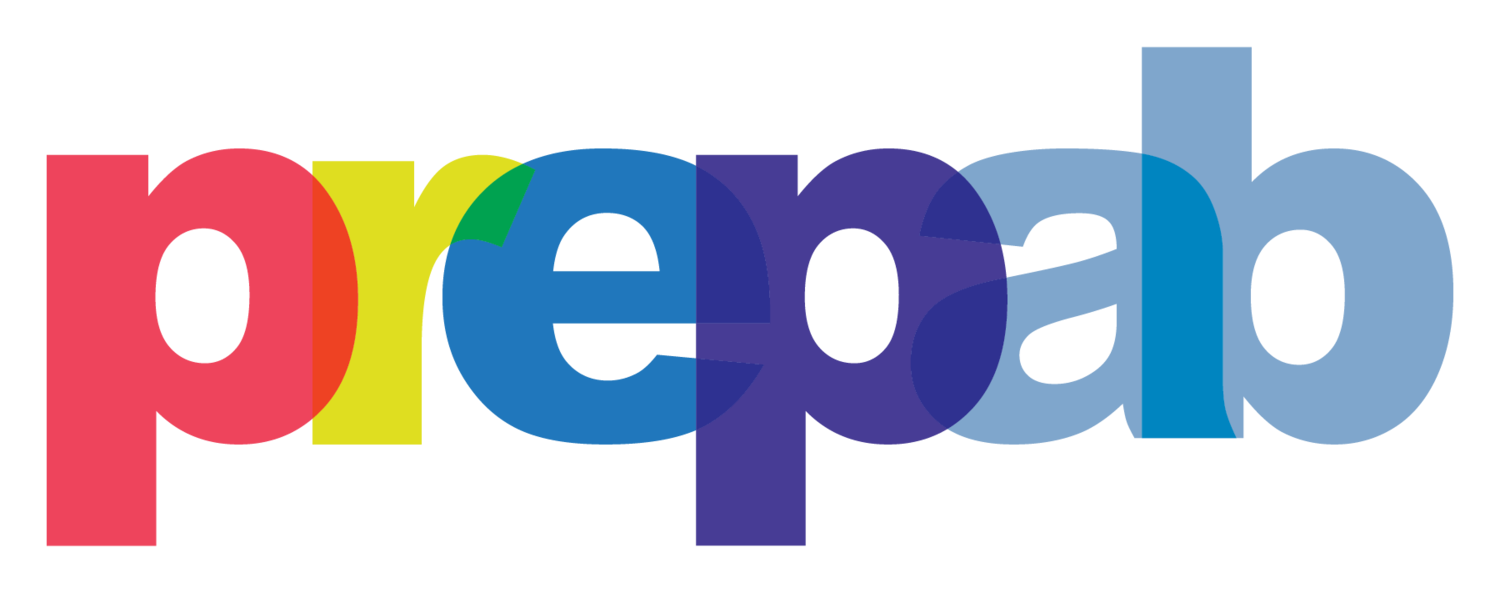
People who use Drugs (PWUD)
PrEP Access: Barriers & Opportunities
The following are PrEP access barriers and opportunities experienced by people who use drugs (PWUD) in Alberta, as described by PWUD community members and service providers. This knowledge was shared through EMHC’s PrEP Alberta consultation series and was presented back to participants for validation. While these do not capture all PrEP access barriers, opportunities, and accessibility considerations experienced by PWUD community members and service providers, they do provide an important starting point for healthcare of service providers when supporting PWUD clients or communities in seeking PrEP.
Barriers
This section focuses on PrEP access barriers experienced by PWUD. By barriers, we mean things that might make PrEP access more challenging.
Adherence
The primary barrier to PrEP access for most PWUD is adherence. There are a number of challenges which face many PWUD (especially those who are street involved) which make adherence (both to medication and follow-up appointments) challenging.
Differing Priorities
One barrier to PrEP access for many PWUD (which also makes adherence more challenging) is differing priorities. Many PWUD struggle to fulfill some of their most basic needs (i.e. food and housing), making it difficult for them to prioritize PrEP.
Medication Storage
Another barrier (which also makes adherence more challenging) is medication storage. Many PWUD who are street involved do not have a safe space to store their medication, which can result in them losing it.
Opportunities
This section focuses on opportunities to enhance PrEP education and access for PWUD. By opportunities, we mean things that would make access to PrEP and information about it easier or more accessible.
Bridge the Gaps
Increased and sustained system integration and collaboration (between CBOs, healthcare providers, pharmacies) are required to fill the gaps and overcome the barriers which make PrEP access and adherence challenging for PWUD.
Leverage Opportunities
A possible opportunity to enhance adherence to follow-up screening would include leveraging screening opportunities within services/locations that clients already regularly access (drawing blood “on-the-spot”).
Make it Accessible
PWUD, especially those who are street involved, have a wide range of reading levels. Therefore, it’s important to use simple language. Visual representation of information (i.e. flowcharts) should be used when possible.
PWUD Knowledge Pathways
It is important that PWUD have access to PrEP information that is easy for them to understand, shared in environments that PWUD already access, feel safe in, and where they can seek follow-up clarification and support (safe consumption sites, detox centres, CBOs which serve street involved people).
Combat Stigma
As many PWUD face a variety of forms of stigma and discrimination (i.e. HIV stigma, substance use stigma, racism, classism), it’s important that PrEP resources and services use language that is nonjudgmental and stigma-free.
Address Provider Fears
Some providers express concerns about whether prescribing PrEP to PWUD will result in them stopping certain harm reduction measures such as safer substance use and safer sex. When these are unfounded, It’s important to correct these misconceptions so that PrEP access isn’t unnecessarily withheld. Where concerns are reasonable, it’s important to have a plan to address them to allay prescriber fears and help facilitate access for the client.
Read the remaining sections of this report to learn more about the unique PrEP access barriers and opportunities experienced by other populations.









